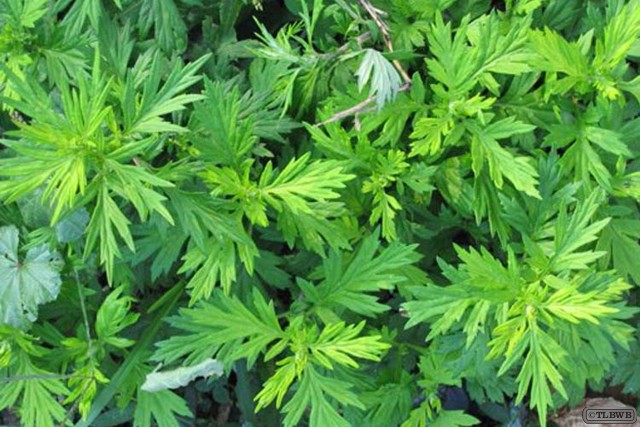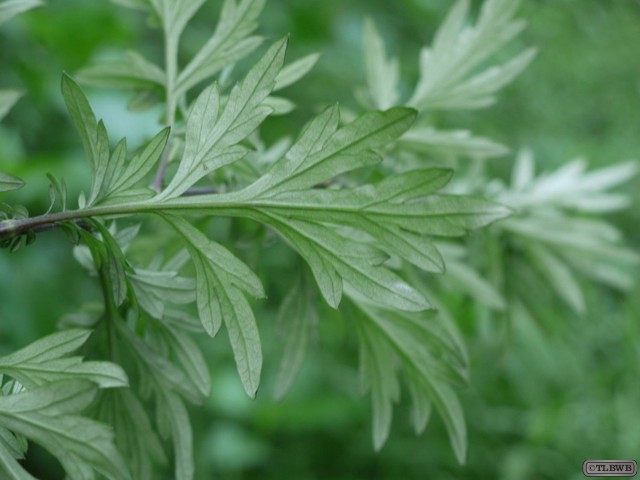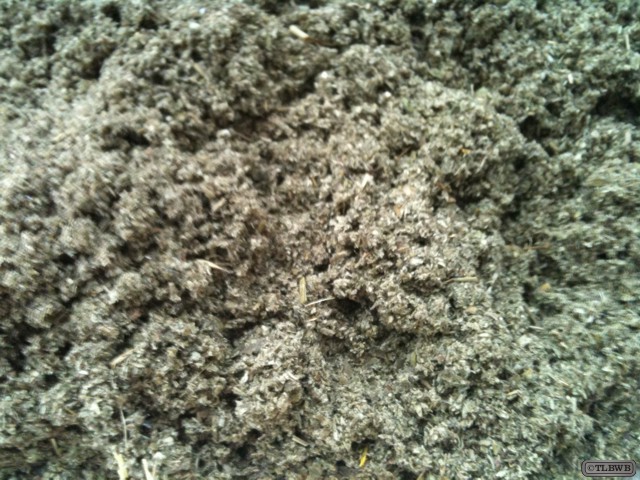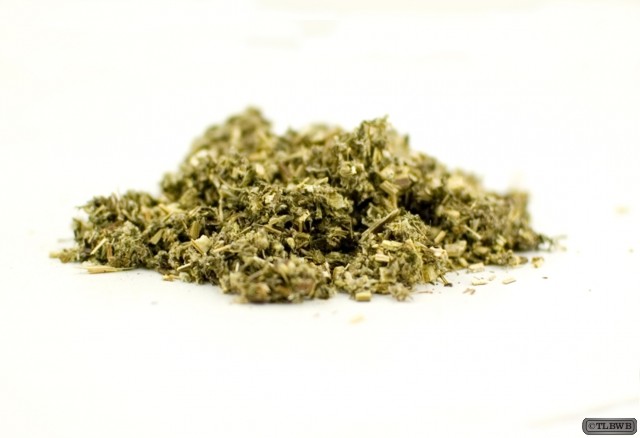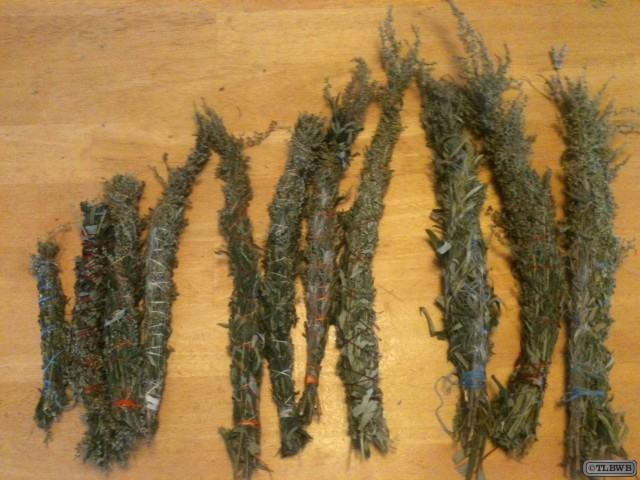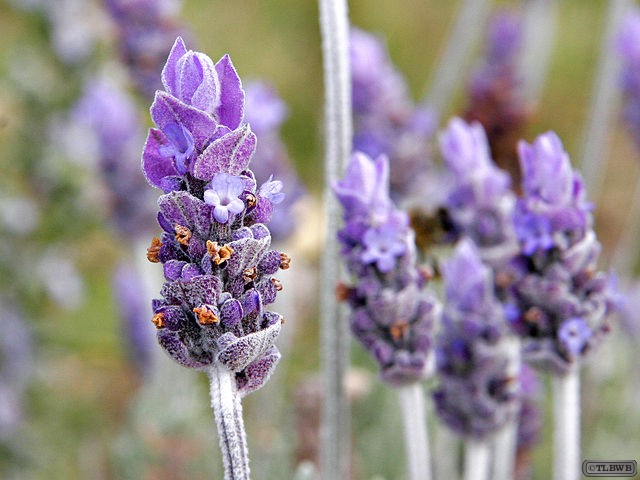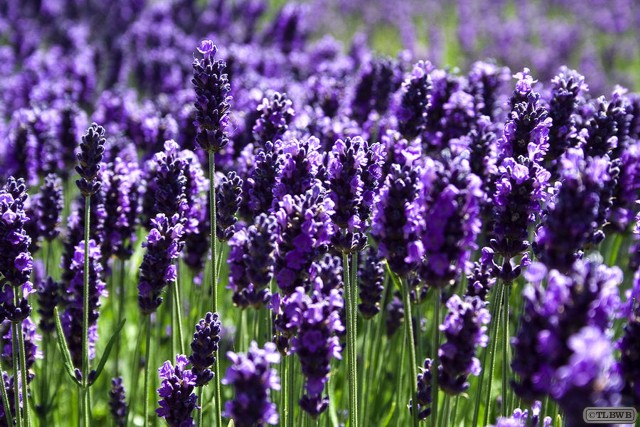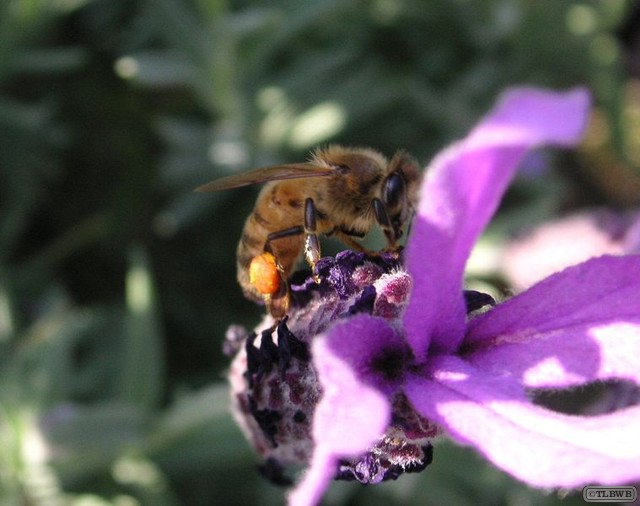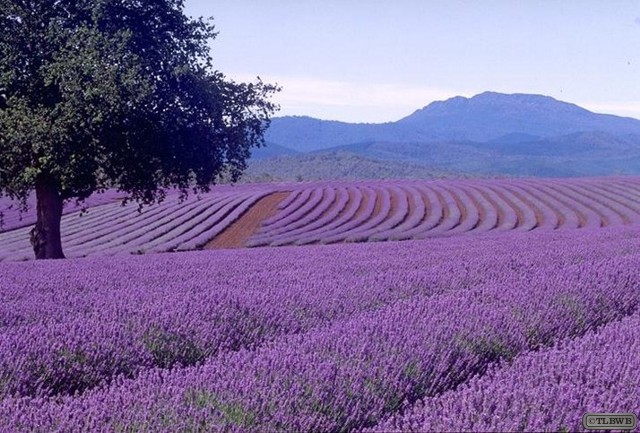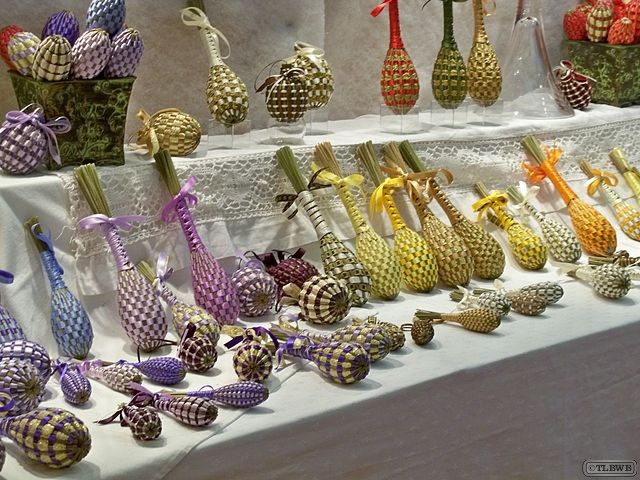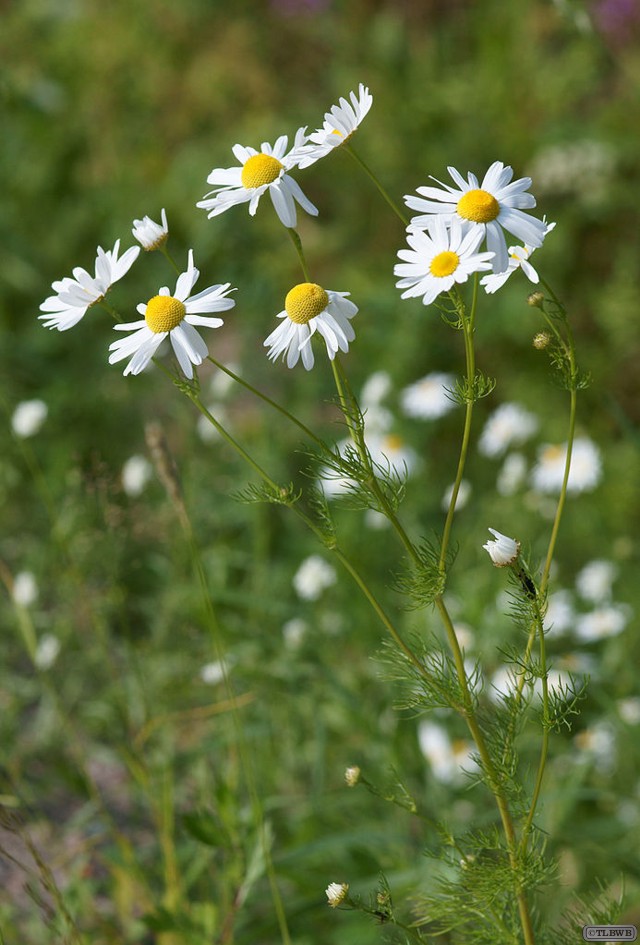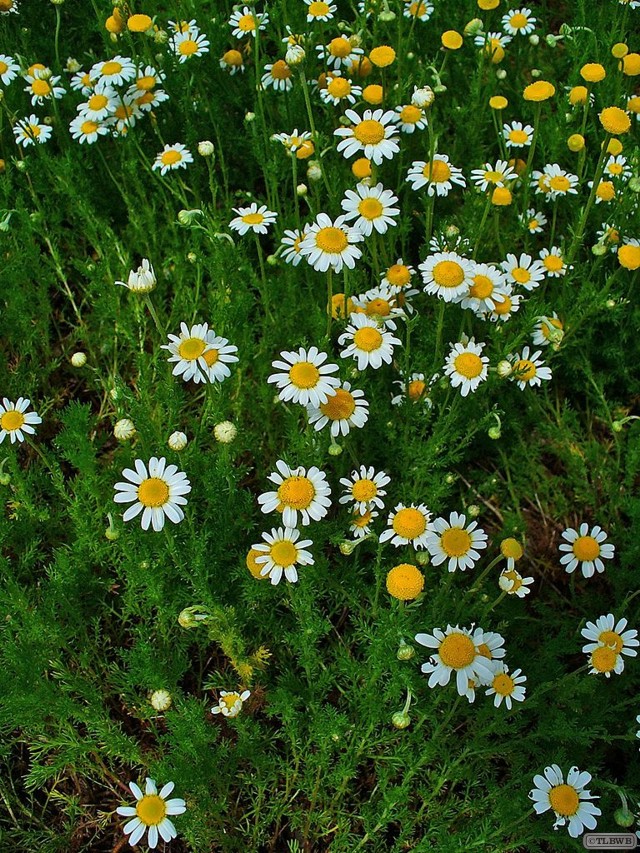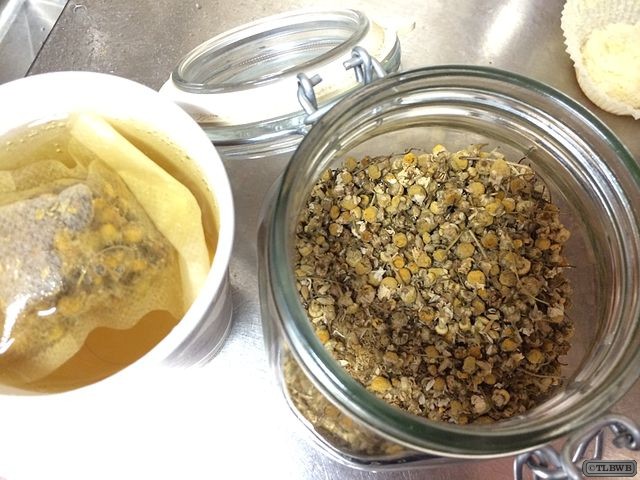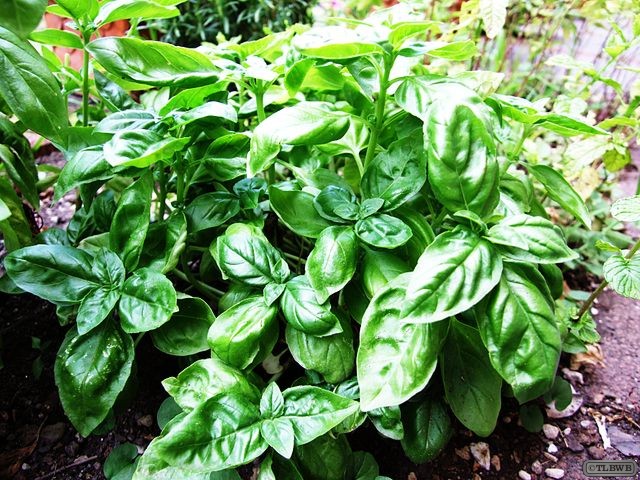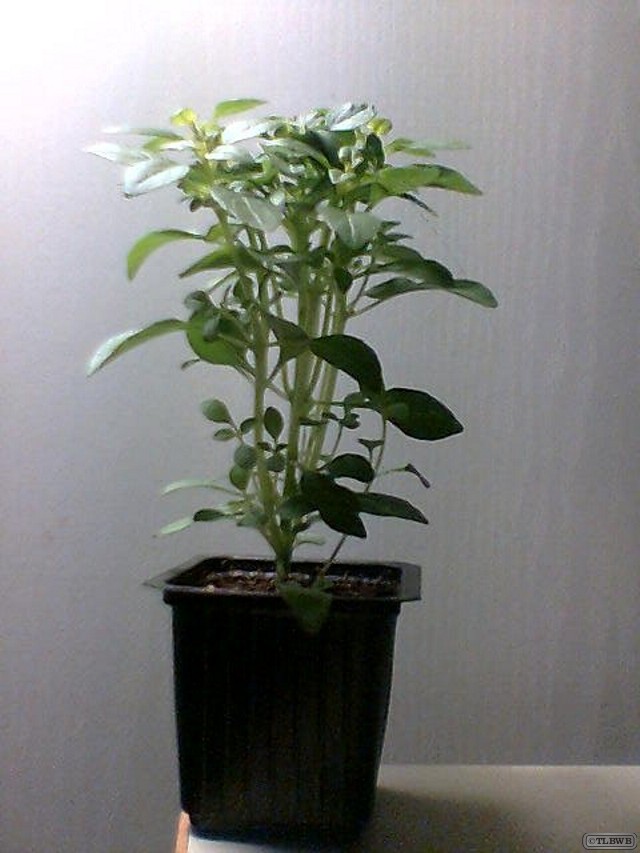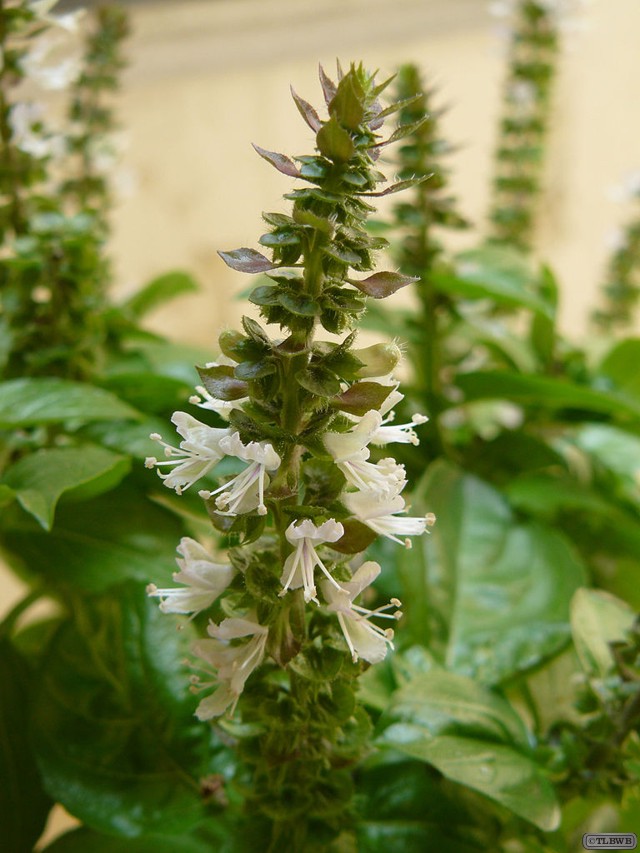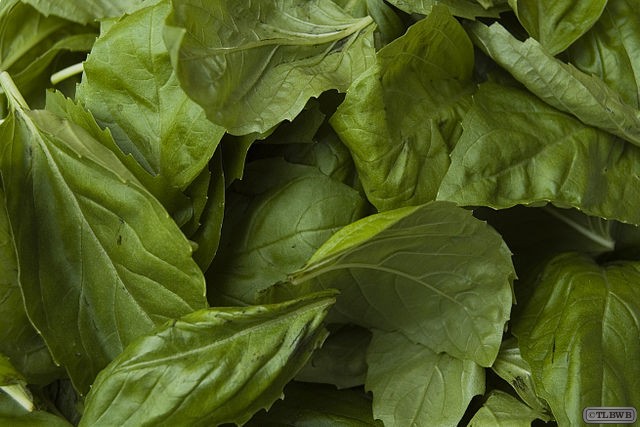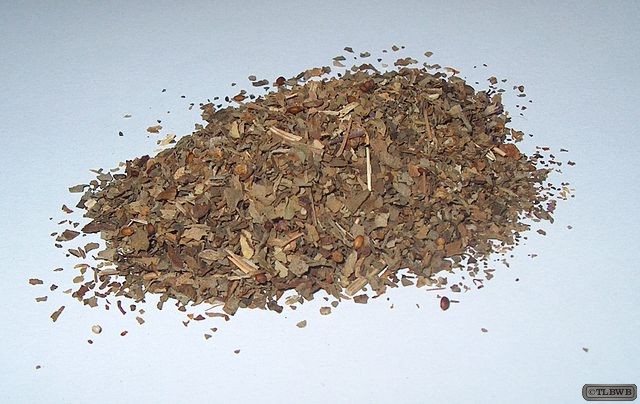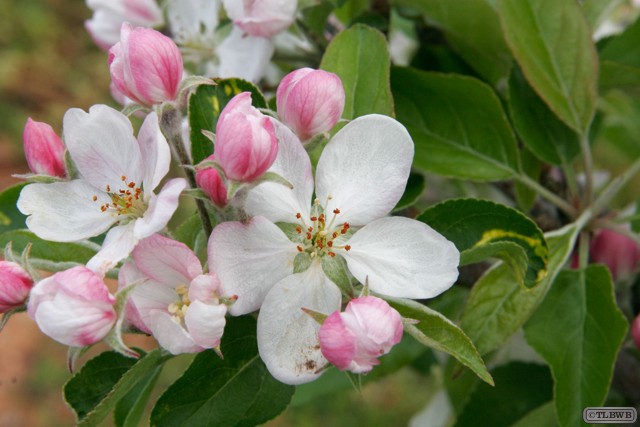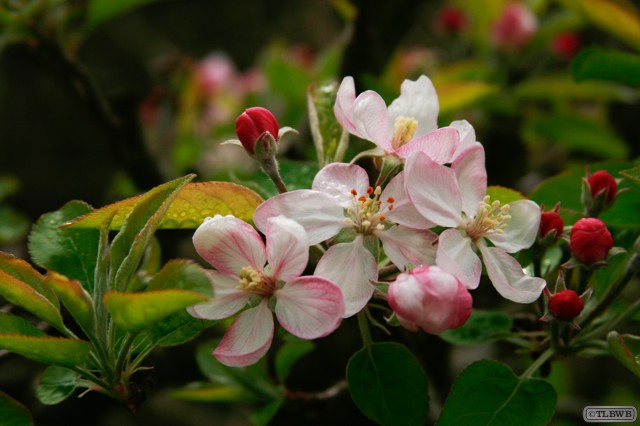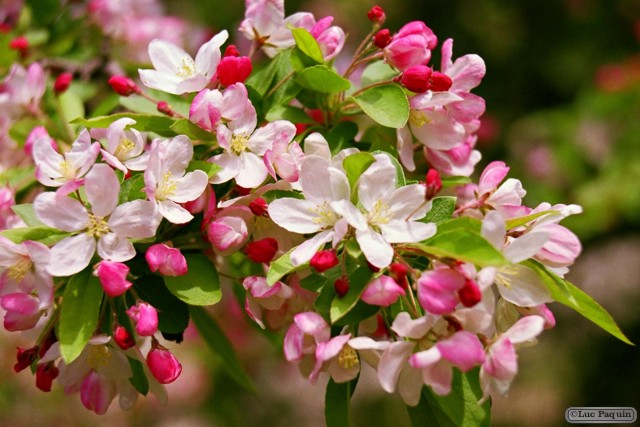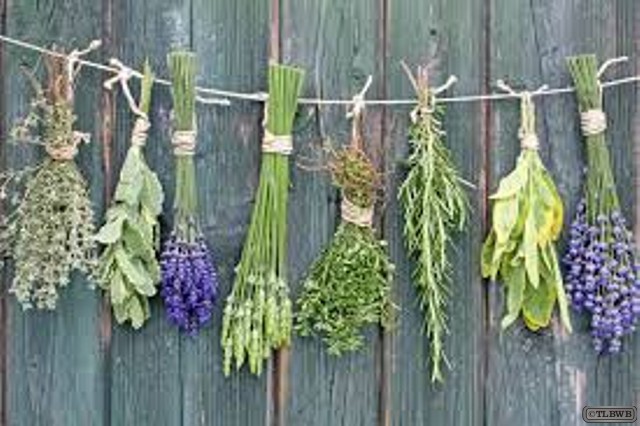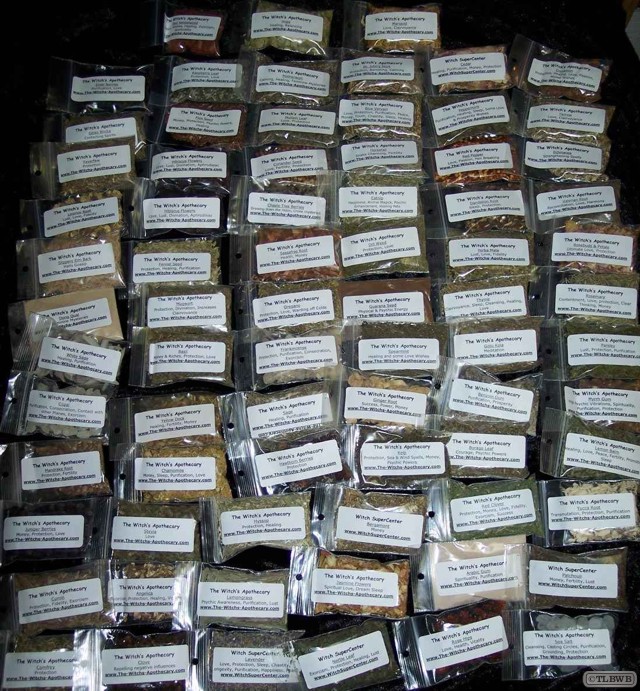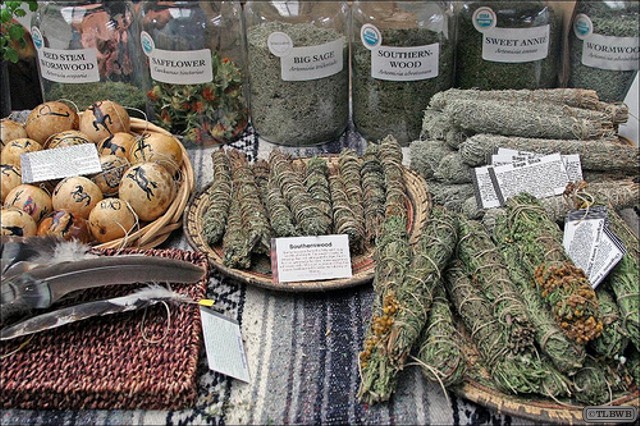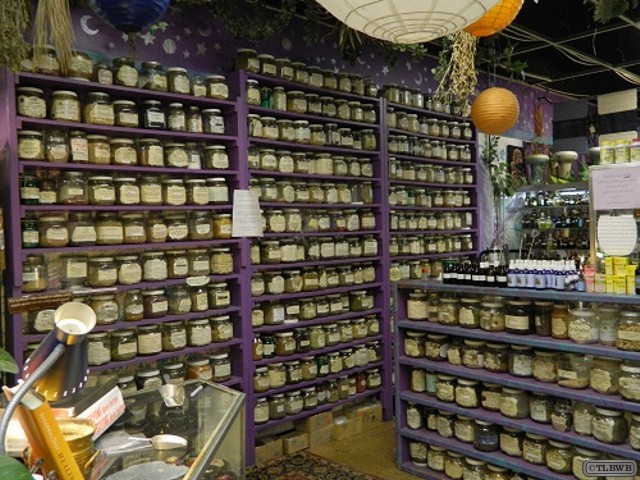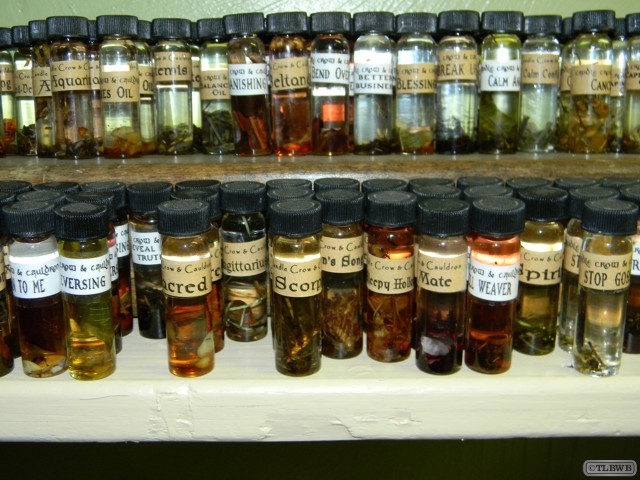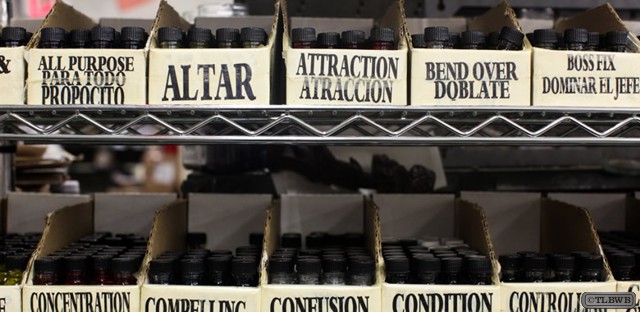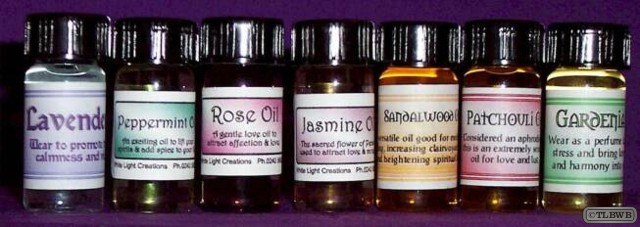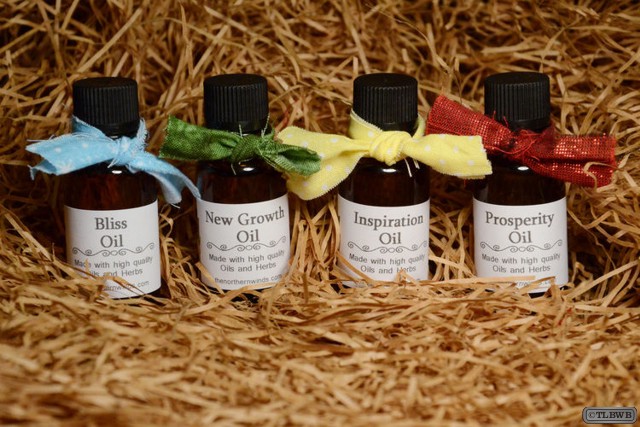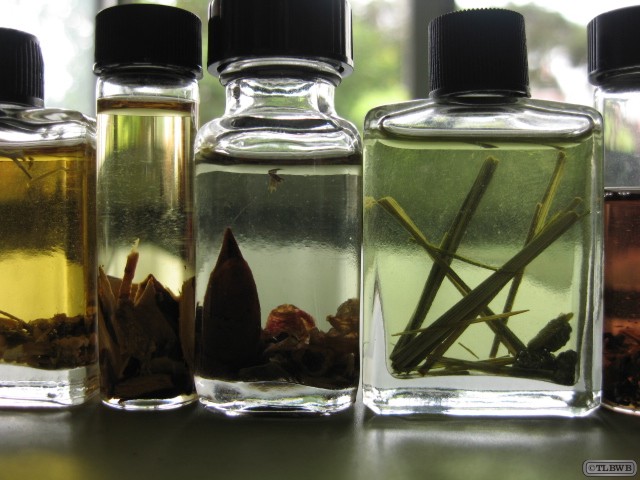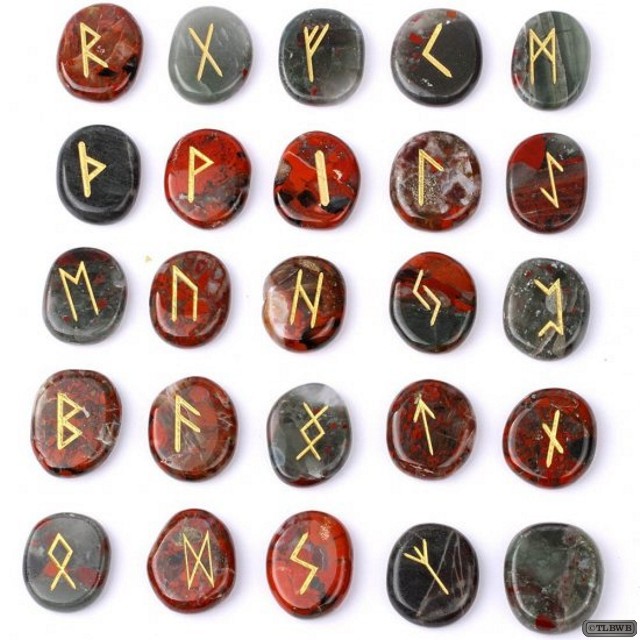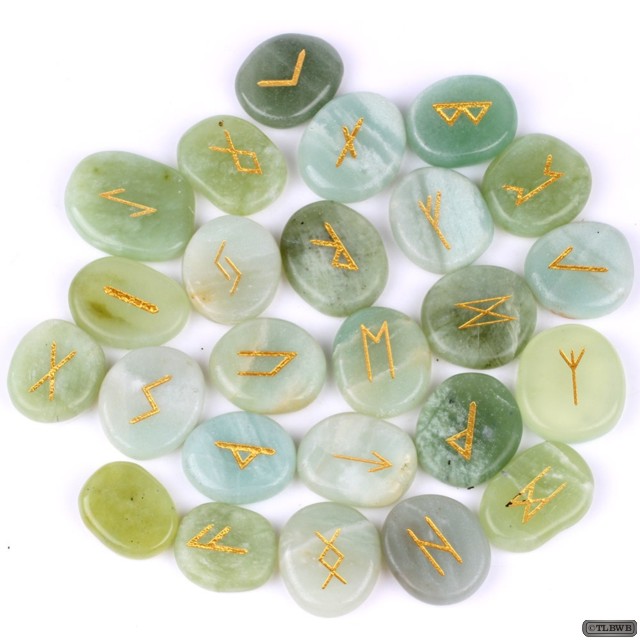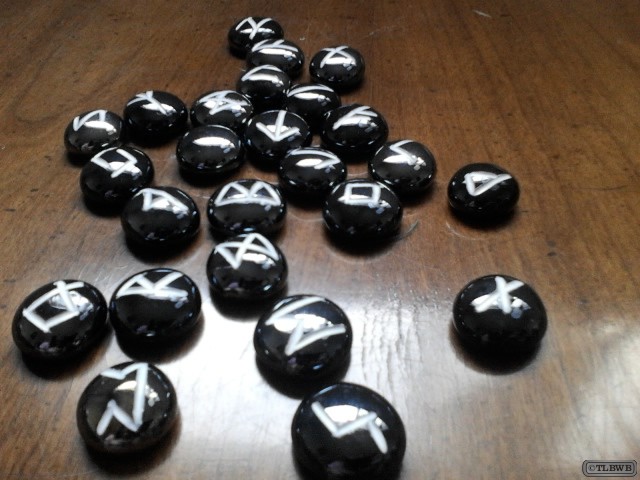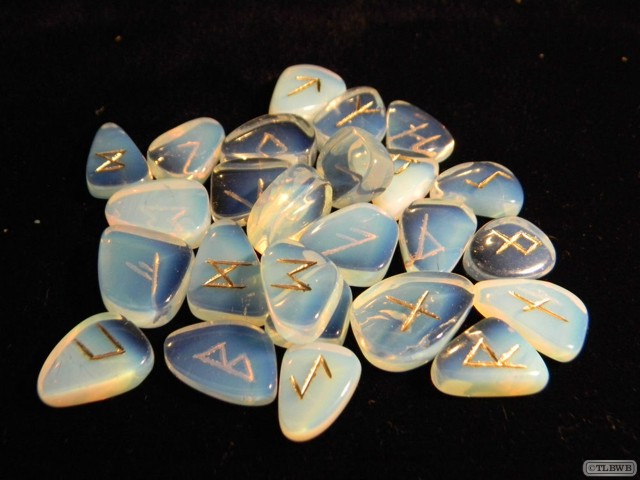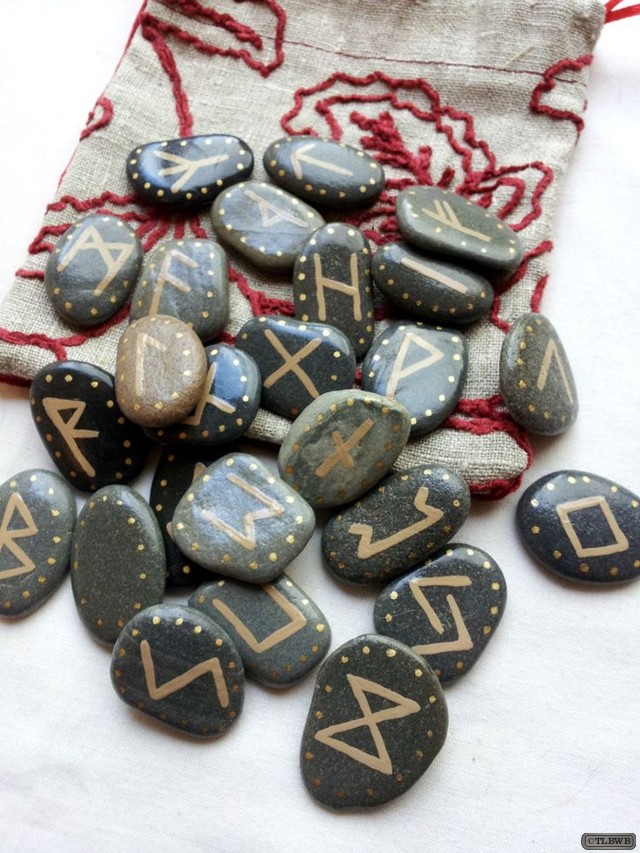LostBeardedWhite
Mugwort is a common name for several species of aromatic plants in the genus Artemisia. In Europe, mugwort most often refers to the species Artemisia vulgaris, or common mugwort. While other species are sometimes referred to by more specific common names, they may be called simply “mugwort” in many contexts. For example, one species, Artemisia argyi, is often called “mugwort” in the context of traditional Asian medicine but may be also referred to by the more specific name “Chinese mugwort”.
Mugworts are used medicinally, especially in Chinese, Japanese, and Korean traditional medicine. Some mugworts have also found a use in modern medicine for their anti-herpetic effect. They are also used as an herb to flavor food. In Korea, mugworts were also used for plain, non-medicinal consumption; in South Korea, mugworts, called ssuk, are still used as a staple ingredient in many dishes including rice cakes and soup.
Medicinal
The mugwort plant contains essential oils (such as cineole, or wormwood oil, and thujone), flavonoids, triterpenes, and coumarin derivatives. It was also used as an anthelminthic, so it is sometimes confused with wormwood (Artemisia absinthium). The plant, called nagadamni in Sanskrit, is used in Ayurveda for cardiac complaints as well as feelings of unease, unwellness and general malaise.
In traditional Japanese, Korean and Chinese medicine, Chinese mugwort (Folium Artemisiae argyi) is used for moxibustion, for a wide variety of health issues. The herb can be placed directly on the skin, attached to acupuncture needles, or rolled into sticks and waved gently over the area to be treated. In all instances, the herb is ignited and releases heat. Not only is it the herb which is believed to have healing properties in this manner, but it is also the heat released from the herb in a precise area that heals. There is significant technique involved when the herb is rolled into tiny pieces the size of a rice grain and lit with an incense stick directly on the skin. The little herbal fire is extinguished just before the lit herb actually touches the skin.
In traditional Chinese medicine there is a belief that moxibustion of mugwort is effective at increasing the cephalic positioning of fetuses who were in a breech position before the intervention. A Cochrane review in 2012 found that moxibustion may be beneficial in reducing the need for ECV, but stressed a need for well-designed randomised controlled trials to evaluate this usage.
Medieval Europe
In the European Middle Ages, mugwort was used as a magical protective herb. Mugwort was used to repel insects, especially moths, from gardens. Mugwort has also been used from ancient times as a remedy against fatigue and to protect travelers against evil spirits and wild animals. Roman soldiers put mugwort in their sandals to protect their feet against fatigue. Mugwort is one of the nine herbs invoked in the pagan Anglo-Saxon Nine Herbs Charm, recorded in the 10th century in the Lacnunga.
Wiccan
Mugwort is an herb that is found fairly regularly in many modern Pagan magical practices. From its use as an incense, for smudging, or in spellwork, mugwort is a highly versatile – and easy to grow – herb. In some magical traditions, mugwort is associated with divination and dreaming. To bring about prophecy and divinatory success, make an incense of mugwort to burn at your workspace, or use it in smudge sticks around the area in which you are performing divination rituals.
The Lost Bearded White Brother
Lavender is a genus of 39 known species of flowering plants in the mint family, Lamiaceae. It is native to the Old World and is found from Cape Verde and the Canary Islands, Europe across to northern and eastern Africa, the Mediterranean, southwest Asia to southeast India. Many members of the genus are cultivated extensively in temperate climates as ornamental plants for garden and landscape use, for use as culinary herbs, and also commercially for the extraction of essential oils. The most widely cultivated species, Lavandula angustifolia, is often referred to as lavender, and there is a colour named for the shade of the flowers of this species.
Lavender Oil
Commercially, the plant is grown mainly for the production of essential oil of lavender. This has antiseptic and anti-inflammatory properties. These extracts are also used as fragrances for bath products.
English lavender (Lavandula angustifolia) yields an essential oil with sweet overtones, and can be used in balms, salves, perfumes, cosmetics, and topical applications. Lavandin yields a similar essential oil, but with higher levels of terpenes including camphor, which add a sharper overtone to the fragrance.
The lavandins are a class of hybrids of L. angustifolia and L. latifolia. The lavandins are widely cultivated for commercial use, since their flowers tend to be bigger than those of English lavender and the plants tend to be easier to harvest, but lavandin oil is regarded by some to be of a lower quality than that of English lavender, with a perfume less sweet.
Culinary Use
It is grown as a condiment and used in salads and dressings. Flowers yield abundant nectar from which bees make a high-quality honey. Monofloral honey is produced primarily around the Mediterranean, and is marketed worldwide as a premium product. Flowers can be candied and are sometimes used as cake decorations. Lavender flavours baked goods and desserts (it pairs especially well with chocolate), and is also used to make “lavender sugar”. Lavender flowers are occasionally blended with black, green, or herbal teas.
Though it has many other traditional uses in southern France, lavender is not used in traditional southern French cooking. It does not appear at all in the best-known compendium of Provençal cooking, J.-B. Reboul’s Cuisinière Provençale In the 1970s, a blend of herbs called herbes de Provence which usually includes lavender was invented by spice wholesalers, and lavender has more recently become popular in cooking.
Lavender lends a floral and slightly sweet flavour to most dishes, and is sometimes paired with sheep’s-milk and goat’s-milk cheeses. For most cooking applications the dried buds, which are also referred to as flowers, are used. Some chefs experiment with the leaves but only the buds contain the essential oil of lavender, from which the scent and flavour of lavender are derived. In the United States, both lavender syrup and dried lavender buds are used to make lavender scones and marshmallows.
Medical Uses
The essential oil was used in hospitals during World War I.
Lavender is used extensively with herbs such as chamomile and aromatherapy. Infusions are believed to soothe insect bites, burns, and headaches. Bunches of lavender repel insects. In pillows, lavender seeds and flowers aid sleep and relaxation. An infusion of flowerheads added to a cup of boiling water is used to soothe and relax at bedtime. Lavender oil (or extract of lavender) is used to treat acne when diluted 1:10 with water, rosewater, or witch hazel; it also treats skin burns and inflammatory conditions.
A study published in 2010 investigated anxiolytic effects and influence on sleep quality. Lavender oil with a high percentage of linalool and linalyl acetate, in the form of capsules, was generally well tolerated. It showed meaningful efficacy in alleviating anxiety and related sleep disturbances.
Lavender oil is approved for use as an anxiolytic in Germany under the name Lasea. A survey paper on lavender and the nervous system published in 2013 states that, “there is growing evidence suggesting that lavender oil may be an effective medicament in treatment of several neurological disorders.”
Lavender may be very effective with wounds;[medical citation needed] however, lavender honey (created from bees feeding on lavender plants), instead of lavender essential oil has the best effects of uninfected wounds.
Wiccan
The use of Lavender has been documented for thousands of years. Magically speaking, lavender is often associated with love spells, as well as for workings to bring calmness and peace. To bring love your way, carry lavender flowers in a sachet on your person, or hang stalks of it in your home. To get a good night’s sleep, with calming dreams, stuff a pillow with sprigs of lavender. It can also be used in a purifying bath or smudging ritual.
The Lost Bearded White Brother
Chamomile is the common name for several daisy-like plants of the family Asteraceae that are commonly used to make herb infusion to serve various medicinal purposes. Popular uses of chamomile preparations include treating hay fever, inflammation, muscle spasm, menstrual disorders, insomnia, ulcers, gastrointestinal disorder, and hemorrhoids.
Medical Use
Chamomile has been used for inflammation associated with hemorrhoids when topically applied. There is Level B evidence that chamomile possesses anxiolytic (anti-anxiety) properties and could be used to treat stress and insomnia. In 2009, researchers at the University of Pennsylvania concluded the first controlled clinical trial of chamomile extract for generalized anxiety disorder (GAD). The results suggest chamomile may have modest anxiolytic activity in patients with mild to moderate GAD, although the results have not since been replicated. Chemical components of chamomile extract have demonstrated anti-inflammatory, antihyperglycemic, antigenotoxic, and anticancer properties when examined in vitro and in animal studies.
Pharmacology
Anticancer effect, anticoagulant effect, antiinflammatory effect, antimicrobial effects, antispasmodic/antidiarrheal effects and CNS/sensory effects.
Wiccan
Chamomile is known as an herb of purification and protection, and can be used in incenses for sleep and meditation. Sprinkle it around your home to ward against psychic or magical attack. If you’re a gambler, wash your hands in chamomile tea to ensure good luck at the gaming tables. In a number of folk magic traditions, particularly those of the American south, chamomile is known as a lucky flower – make a garland to wear around your hair to attract a lover, or carry some in your pocket for general good fortune.
The Lost Bearded White Brother
Celebrating the Lammas
Participants
High Priest
High Priestess
Material Needed
Traditional Foods: Apples, Grains, Breads and Berries.
Herbs and Flowers: All Grains, Grapes, Heather, Blackberries, Sloe, Crab Apples, Mint, Meadowsweet, Sunflower and Pears.
Incense: Aloes, Rose and Sandalwood.
Sacred Gemstone: Carnelian.
Before The Ceremony
High Priest
Clean the tools and ingredients with Copal-Cinnamon incense.
Statement Of Intent
High Priest
The Goddess at Lammas
The Grain Mother
At Lammas the Goddess is in Her aspect as Grain Mother, Harvest Mother, Harvest Queen, Earth Mother, Ceres and Demeter. Demeter, as Corn Mother, represents the ripe corn of this year’s harvest and Her daughter Kore/Persephone represents the grain – the seed which drops back deep into the dark earth, hidden throughout the winter, and re-appears in the spring as new growth. This is the deep core meaning of Lammas and comes in different guises: it is about the fullness and fulfillment of the present harvest holding at its heart the seed of all future harvest. (It is a fact that a pregnant woman carrying her as yet unborn daughter is also already carrying the ovary containing all the eggs her daughter will ever release – she is already both mother, grandmother and beyond, embodying the great Motherline – pure magic and mystery.)
So as the grain harvest is gathered in, there is food to feed the community through the winter and within that harvest is the seed of next year’s rebirth, regeneration and harvest. The Grain Mother is ripe and full, heavily pregnant she carries the seed of the new year’s Sun God within her. There is tension here. For the Sun God, the God of the Harvest, the Green Man surrenders his life with the cutting of the corn.
Opening Of Circle
Together
(Walking clockwise from East)
By the air that is her breath
By the fire that is her bright spirit
By the living waters of her womb
And by the earth that is her body
The circle is cast,
(Tie the knot of the circle)
So Mote It Be!
Invoking The Watchtowers
Together
East (Air)
Hail to thee Guardians of the Watchtowers of the East,
The powers of air.
We welcome you all to our circle today.
So Mote It Be!
South (Fire)
Hail to thee Guardians of the Watchtowers of the South,
The powers of fire.
We welcome you all to our circle today.
So Mote It Be!
West (Water)
Hail to thee Guardians of the Watchtowers of the West,
The powers of water.
We welcome you all to our circle today.
So Mote It Be!
North (Earth)
Hail to thee Guardians of the Watchtowers of the North,
The powers of earth.
We welcome you all to our circle today.
So Mote It Be!
Invoke The God And Goddess
High Priest
I now do call the Eternal God to our circle today, send thy Spirit forth! Pierce our Sacred Circle with thy vibrant presence. Flow through our bodies this day. Blessed be the Eternal God.
High Priestess
I call the Eternal Goddess to our circle today, send thy Spirit forth! Pierce our Sacred Circle with thy vibrant presence. Flow through our bodies this day. Blessed be the Eternal Goddess.
High Priest
The Circle is cast; we are between the worlds. In this place that is not a place, in this time that is not a time, with a willing suspension of disbelief, we consider the possible, explore the probable, and question the truth.
So mote it be!
Together
May the place of this rite be consecrated before the gods. Eternal Gods and Goddesses of Nature are with us.
Blessed Be!
High Priestess
Be with us here, O beings of the Air may your warmth bring us love and success!
(High priestess lights incense)
High Priest
Be with us here, O beings of the Fire may your presence give us the strength so that our future is bright!
(High priest consecrates and lights the large candle)
High Priestess
Be with us here, O beings of the Water may your presence enlighten us with your wisdom!
(All drink sherry from the glass)
High Priest
Be with us here, O beings of the Earth may your presence bring us joy that will be long lasting!
(High priest scatters salt on altar)
Ceremony Begins
High Priestess
It is marks the middle of Summer and the beginning of the harvest. It is the first of three harvest festivals and is usually associated with ripening grain. It heralds the coming of Autumn. The Goddess manifests as Demeter, Ceres, Corn Mother, and other agricultural Goddesses. The God manifests as Lugh, John Barleycorn, and vegetation Gods. Colors are Golden Yellow, Orange, Green, and Light Brown. It is a festival of plenty and prosperity.
Blessed Be!
High Priest
Behold the God and Goddess, Lord of the Forest and his Bride, once again the Earth is blessed by their presence.
So mote it be!
High Priestess
This is the time of purification, and a renewing of life. This is the time of the quickening. At this time and in this place between the worlds, I come into the presence of the Lord and the Lady that I may gain wise and truthful counsel.
Blessed Be!
Together
Every beginning has an ending, and every ending is a new beginning. In Life is Death, and in Death is Life. Watch over us, loved ones, and all of our Brothers and Sisters, here and departed, who, tonight are joined together again for fellowship and celebration. Bless us all as we light our bonfires, our hearth fires, and the eternal fires in our hearts. Guide us and protect us, tonight and throughout the coming year.
Blessed Be! Blessed Be!
High Priest
Places a pinch of salt on each member’s tongue. My body is salt, taste the breath of death.
High Priestess
You are entering a space of perfect freedom as each visualizes their hopes for their life to come with the coming of the Sun, places a drop of honey on each member’s tongue. Taste the sweetness of life.
Together
Looking at the candle I who have died am alive again today, and this is the sun’s birthday! (repeat)
This is the birthday of life and love and wings, and the great joyous happening inimitably earth. We are born again, we shall live again! (repeat).
The Sun Child, the Winterborn King!
High Priest
Lord, You who is the freedom of the wild things, the bright sun that lights the day, the mystery of the forest, he resolve in the heart of humanity, we welcome you in our midst for you are the body of nature who gives life to the universe. We thank thee for all the good and the bad that happened to us in the past year. The good as it makes our lives happier. The bad as it makes our souls stronger and strengthen our resolve to do better.
So mote it be!
Together
So mote it be!
High Priestess
The old solar year has run its course and completed its cycle. So has some of our habits or traits completed their cycles and outlived their usefulness. This is a time for shedding that which is no longer needed. Take a few moments now to consider which things you would leave behind as you go into the coming year.
So blessed be!
(Pause)
As the old year dies away so to will these old ways will fade into memory.
So mote it be!
Together
So mote it be!
Together
(Consecrates the assorted small candles with oil and then light them)
Water, Air, Fire, Earth
We celebrate the Sun’s rebirth
On this dark and longest night
We burn the sacred candles bright
We thank thee for the light of the sun
Hail to thee, O Great Horned One
So mote it be!
Spellwork
(Spellwork & Magic are anything but supernatural for most Wiccans and Pagans. Learn about magical theory, how energy is manipulated, choosing your magical name, herb and candle magic, and protection rituals. Also covered: should you pay someone else to cast a spell for you?)
(Have a magical picnic and break bread with friends. Do a meditation in which you visualize yourself completing a project you have already begun. Make a corn dolly charm out of the first grain you harvest or acquire. Bake a sacred loaf bread and give a portion of it to Mother Earth with a prayer of appreciation. Make prayers for a good harvest season. Do prosperity magic. Harvest herbs in a sacred way for use in charms and rituals. Kindle a Lammas fire with sacred wood and dried herbs. If you live in or near a farming region, attend a public harvest festival, such as a corn or apple festival.)
Conclusion
High Priest
May the rest of this year bring us happiness! We shall never forget the turning of the wheel, only then in the forgetfulness and neglect will it fail us.
So mote it be!
Together
So mote it be!
High Priestess
By earth and water, air and fire hearken onto my desire my home be charged by magic charm safe protected from all harm blessed with health, vitality by Sun and Earth, by three times three in love and trust.
So mote it be!
High Priest
By this act of faith I proclaim my belief in my place on the Eternal cycle of life blessed be the Great Rite the God and Goddess reign eternal.
Dismiss Watchtowers
Together
We thank you for joining our ceremony today. As ye depart to your mighty realms, we bid thee Hail and Farewell, and harm ye none on your way.
So Mote It Be
North (Earth)
Hail to thee Guardians of the Watchtowers of the North.
The powers of earth.
We thank you all for joining our ceremony today. As ye depart to your mighty realms, we bid thee Hail and Farewell, and harm ye none on your way.
So Mote It Be!
West (Water)
Hail to thee Guardians of the Watchtowers of the West.
The powers of water.
We thank you all for joining our ceremony today. As ye depart to your mighty realms, we bid thee Hail and Farewell,aAnd harm ye none on your way.
So Mote It Be!
South (Fire)
Hail to thee Guardians of the Watchtowers of the South.
The powers of fire.
We thank you all for joining our ceremony today. As ye depart to your mighty realms, we bid thee Hail and Farewell, and harm ye none on your way.
So Mote It Be!
East (Air)
Hail to thee Guardians of the Watchtowers of the East.
The powers of air.
We thank you all for joining our ceremony today. As ye depart to your mighty realms, we bid thee Hail and Farewell,and harm ye none on your way.
So Mote It Be!
Open The Circle
Together
(First cut the knot. Walking counterclockwise from East.)
By the air that is her breath
By the earth that is her body
By the living waters of her womb
And by the fire that is her bright spirit
The circle is open but not unbroken.
May the joy of the Goddess live in our hearts
Merry Meet,
Merry Part,
And Merry Meet Again!
The Lost Bearded White Brother
In some English-speaking countries in the Northern Hemisphere, August 1 is Lammas Day, the festival of the wheat harvest, and is the first harvest festival of the year. On this day it was customary to bring to church a loaf made from the new crop, which began to be harvested at Lammastide.
The loaf was blessed, and in Anglo-Saxon England it might be employed afterwards to work magic: a book of Anglo-Saxon charms directed that the lammas bread be broken into four bits, which were to be placed at the four corners of the barn, to protect the garnered grain.
In many parts of England, tenants were bound to present freshly harvested wheat to their landlords on or before the first day of August. In the Anglo-Saxon Chronicle, where it is referred to regularly, it is called “the feast of first fruits”.
Lughnasadh or Lammas is also the name used for one of the eight sabbats in the Neopagan Wheel of the Year. It is the first of the three autumn harvest festivals, the other two being the autumn equinox (also called Mabon) and Samhain. In the Northern Hemisphere it takes place around August 1.
Lughnasadh is a Gaelic festival marking the beginning of the harvest season. Historically, it was widely observed throughout Ireland, Scotland and the Isle of Man. Originally it was held on 1 August, or about halfway between the summer solstice and autumn equinox. However, over time the celebrations shifted to the Sundays nearest this date. Lughnasadh is one of the four Gaelic seasonal festivals; along with Samhain, Imbolc and Beltane. It corresponds to other European harvest festivals such as the Welsh Gwyl Awst and the English Lammas.
Lughnasadh is mentioned in some of the earliest Irish literature and is believed to have pagan origins. The festival itself is named after the god Lugh. It involved great gatherings that included religious ceremonies, ritual athletic contests (most notably the Tailteann Games), feasting, matchmaking and trading. There were also visits to holy wells. According to folklorist Máire MacNeill, evidence shows that the religious rites included an offering of the first of the corn, a feast of the new food and of bilberries, the sacrifice of a bull and a ritual dance-play. Much of this would have taken place on top of hills and mountains.
Wicca
Wiccans use the names “Lughnasadh” or “Lammas” for the first of their autumn harvest festivals. It is one of the eight yearly “Sabbats” of their Wheel of the Year, following Midsummer and preceding Mabon. It is seen as one of the two most auspicious times for handfasting, the other being at Beltane. Some Wiccans mark the holiday by baking a figure of the “corn god” in bread, and then symbolically sacrificing and eating it.
The Lost Bearded White Brother
Basil, Thai basil, or sweet basil, is a common name for the culinary herb Ocimum basilicum of the family Lamiaceae (mints), sometimes known as Saint Joseph’s Wort in some English speaking countries.
Basil is possibly native to India, and has been cultivated there for more than 5,000 years. It was thoroughly familiar to the Greek authors Theophrastus and Dioscorides. It is a half-hardy annual plant, best known as a culinary herb prominently featured in Italian cuisine, and also plays a major role in Southeast Asian cuisines of Indonesia, Thailand, Malaysia, Vietnam, Cambodia, Laos, and Taiwan. Depending on the species and cultivar, the leaves may taste somewhat like anise, with a strong, pungent, often sweet smell.
There are many varieties of Ocimum basilicum, as well as several related species or species hybrids also called basil. The type used in Italian food is typically called sweet basil, as opposed to Thai basil, lemon basil and holy basil, which are used in Asia. While most common varieties of basil are treated as annuals, some are perennial in warm, tropical climates, including holy basil and a cultivar known as ‘African Blue’.
Folk Use
Basil is used for its medicinal properties in Ayurveda, the traditional medicinal system of India and Siddha medicine, a traditional Tamil system of medicine. They are also used as a drinks in Southeast Asia.
Wiccan
Basil is known far and wide as a culinary herb, but it also contains some interesting magical properties. In Mediterranean countries, it is strewn on floors to purify a home. It also can bring luck to people moving into a new residence – a gift of a potted basil plant guarantees good fortune. Magically, basil can be used in love magic and in love divination. Basil can also be used to guarantee fidelity – or detect the lack of it.
The Lost Bearded White Brother
In botany, blossom is a term given to the flowers of stone fruit trees (genus Prunus) and of some other plants with a similar appearance that flower profusely for a period of time in spring.
Colloquially flowers of orange are referred to as such as well. Peach blossoms (including nectarine), most cherry blossoms, and some almond blossoms are usually pink. Plum blossoms, apple blossoms, orange blossoms, some cherry blossoms, and most almond blossoms are white.
Blossoms provide pollen to pollinators such as bees, and initiate cross-pollination necessary for the trees to reproduce by producing fruit.
Blossom trees have a tendency to lose their flower petals in wind-blown cascades, often covering the surrounding ground in petals. This attribute tends to distinguish blossom trees from other flowering trees.
Wiccan Uses
For the ancients, the apple was considered a symbol of immortality. Interestingly, it’s also seen as a food for the dead, which is why Samhain is sometimes referred to as the Feast of Apples. In Celtic myth, an apple branch bearing grown fruit, flowers, and unopened bud was a magical key to the land of the Underworld. The apple is often found as a component in love magic, and the blossoms may be added to incenses and brews.
The Lost Bearded White Brother
In general use, herbs are any plants used for food, flavoring, medicine, or perfume. Culinary use typically distinguishes herbs from spices. Herbs refer to the leafy green parts of a plant (either fresh or dried), while a “spice” is a product from another part of the plant (usually dried), including seeds, berries, bark, roots and fruits.
In American botanical English the word “herb” is also used as a synonym of “herbaceous plant”.
Herbs have a variety of uses including culinary, medicinal, and in some cases spiritual usage. General usage of the term “herb” differs between culinary herbs and medicinal herbs. In medicinal or spiritual use any of the parts of the plant might be considered “herbs”, including leaves, roots, flowers, seeds, resin, root bark, inner bark (and cambium), berries and sometimes the pericarp or other portions of the plant.
Sacred Herbs
Herbs are used in many religions. For example, myrrh (Commiphora myrrha) and frankincense (Boswellia species) in Hellenistic religion, the nine herbs charm in Anglo-Saxon paganism, neem (Azadirachta indica) leaves, bael (Aegele marmelos) leaves, holy basil or tulsi (Ocimum tenuiflorum), turmeric or “haldi” (Curcuma longa), and cannabis in Hinduism. Rastafari also consider cannabis to be a holy plant.
Siberian shamans also used herbs for spiritual purposes. Plants may be used to induce spiritual experiences for rites of passage, such as vision quests in some Native American cultures. The Cherokee Native Americans use both white sage and cedar for spiritual cleansing and smudging.
Herbs and Wicca
Magical herbs have played a very intricate role in Wiccan religion for centuries. They are used throughout the craft for smudging in cleansing rituals, healing the sick, charm bags and in spell work. Pure essential oils are extracted from them for use in spell work and in aromatherapy. They can be burned as herbal incense, embedded in homemade candles or applied to the surface of oiled candles for use in candle magic.
The Lost Bearded White Brother
An essential oil is a concentrated hydrophobic liquid containing volatile aroma compounds from plants. Essential oils are also known as volatile oils, ethereal oils, aetherolea, or simply as the “oil of” the plant from which they were extracted, such as oil of clove. An oil is “essential” in the sense that it contains the “essence of” the plant’s fragrance – the characteristic fragrance of the plant from which it is derived.
Essential oils are generally extracted by distillation, often by using steam. Other processes include expression or solvent extraction. They are used in perfumes, cosmetics, soaps and other products, for flavoring food and drink, and for adding scents to incense and household cleaning products.
Essential oils have been used medicinally in history. Medical applications proposed by those who sell medicinal oils range from skin treatments to remedies for cancer and often are based solely on historical accounts of use of essential oils for these purposes. Claims for the efficacy of medical treatments, and treatment of cancers in particular, are now subject to regulation in most countries.
As the use of essential oils has declined in evidence-based medicine, one must consult older textbooks for much information on their use. Modern works are less inclined to generalize; rather than refer to “essential oils” as a class at all, they prefer to discuss specific compounds, such as methyl salicylate, rather than “oil of wintergreen”.
Interest in essential oils has revived in recent decades with the popularity of aromatherapy, a branch of alternative medicine that claims that essential oils and other aromatic compounds have curative effects. Oils are volatilized or diluted in a carrier oil and used in massage, diffused in the air by a nebulizer, heated over a candle flame, or burned as incense.
Magical Oils
Our ancestors used oils in ceremony and ritual hundreds and even thousands of years ago. Because many essential oils are still available, we can continue making our own blends today. In the past, oils were created by placing oil or fat over a heat source, and then adding fragrant herbs and flowers to the oil. Many companies today offer synthetic oils at a fraction of the cost of essential oils (essential oils are the ones actually extracted from a plant).
However, for magical purposes it’s best to use authentic, essential oils – these contain the magical properties of the plant, which synthetic oils do not have.
While many commercial vendors would have you believe that there’s some Super Secret Magical Method for blending oils, it’s actually pretty simple. First, determine your intent – whether you’re creating a money oil to bring you prosperity, a love oil to boost your romantic encounters, or a ritual oil to use in ceremonies.
The Lost Bearded White Brother
Runes are the letters in a set of related alphabets known as runic alphabets, which were used to write various Germanic languages before the adoption of the Latin alphabet and for specialised purposes thereafter. The Scandinavian variants are also known as futhark or fuþark (derived from their first six letters of the alphabet: F, U, Þ, A, R, and K); the Anglo-Saxon variant is futhorc or fuþorc (due to sound changes undergone in Old English by the names of those six letters).
Runology is the study of the runic alphabets, runic inscriptions, runestones, and their history. Runology forms a specialised branch of Germanic linguistics.
The earliest runic inscriptions date from around 150 AD. The characters were generally replaced by the Latin alphabet as the cultures that had used runes underwent Christianisation, by approximately 700 AD in central Europe and 1100 AD in northern Europe. However, the use of runes persisted for specialized purposes in northern Europe. Until the early 20th century, runes were used in rural Sweden for decorative purposes in Dalarna and on Runic calendars.
The three best-known runic alphabets are the Elder Futhark (around 150-800 AD), the Anglo-Saxon Futhorc (400-1100 AD), and the Younger Futhark (800-1100 AD). The Younger Futhark is divided further into the long-branch runes (also called Danish, although they were also used in Norway and Sweden); short-branch or Rök runes (also called Swedish-Norwegian, although they were also used in Denmark); and the stavlösa or Hälsinge runes (staveless runes). The Younger Futhark developed further into the Marcomannic runes, the Medieval runes (1100-1500 AD), and the Dalecarlian runes (around 1500-1800 AD).
Runic Magic
There is some evidence that, in addition to being a writing system, runes historically served purposes of magic. This is the case from earliest epigraphic evidence of the Roman to Germanic Iron Age, with non-linguistic inscriptions and the alu word. An erilaz appears to have been a person versed in runes, including their magic applications.
In medieval sources, notably the Poetic Edda, the Sigrdrífumál mentions “victory runes” to be carved on a sword, “some on the grasp and some on the inlay, and name Tyr twice.”
In early modern and modern times, related folklore and superstition is recorded in the form of the Icelandic magical staves. In the early 20th century, Germanic mysticism coins new forms of “runic magic”, some of which were continued or developed further by contemporary adherents of Germanic Neopaganism. Modern systems of runic divination are based on Hermeticism, classical Occultism, and the I Ching.
The Lost Bearded White Brother
